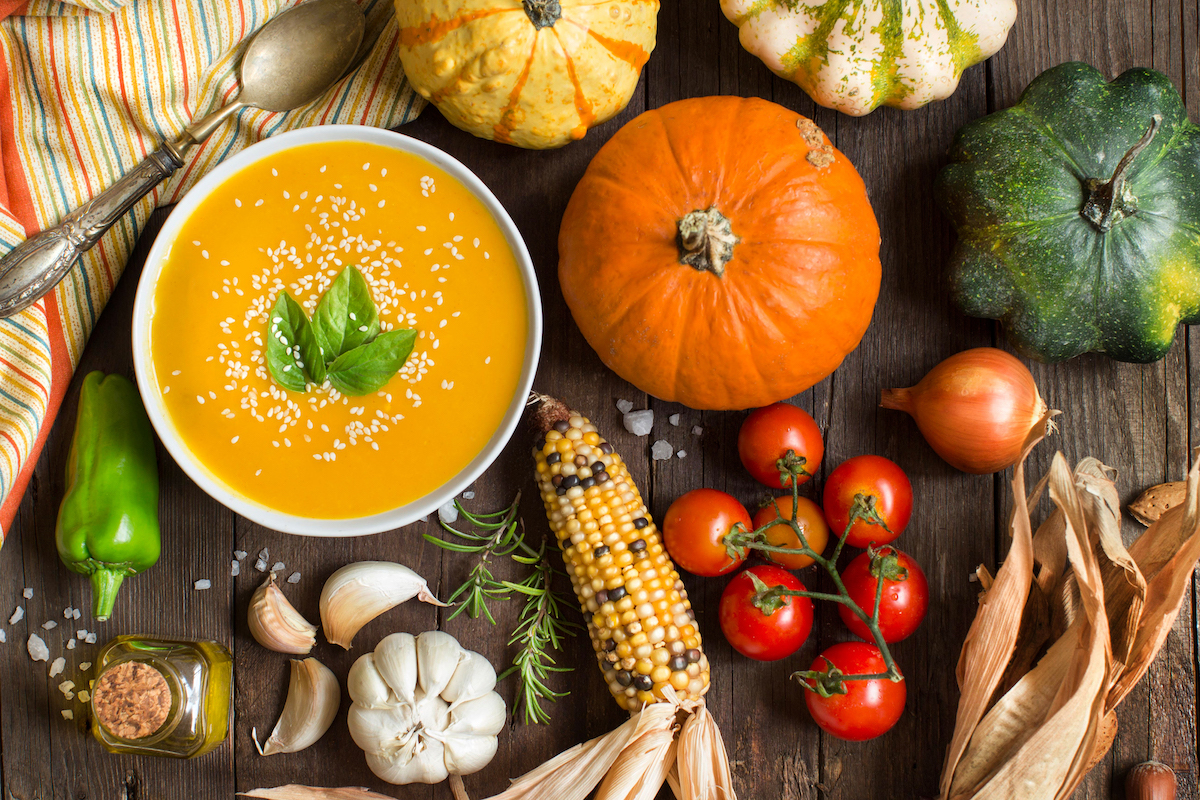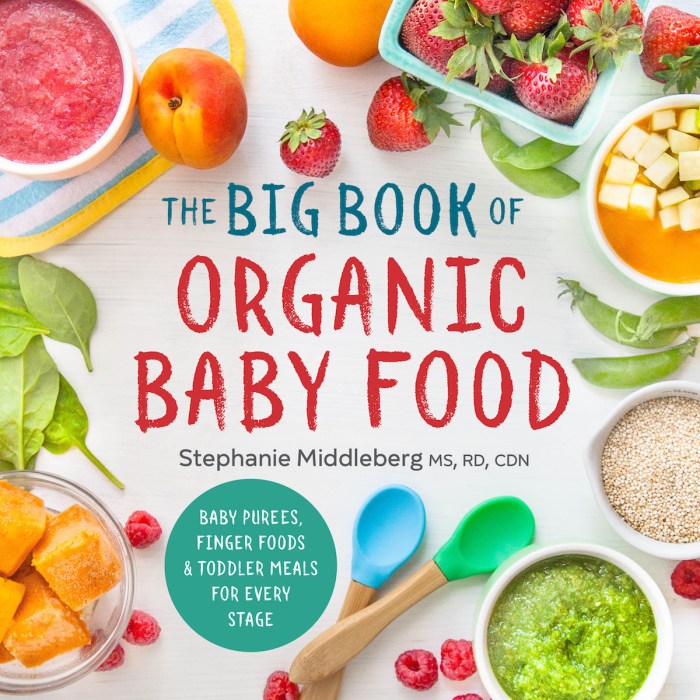With fall, all kinds of yummy seasonal foods become available to us. While most are delicious, some are healthier than other— just think, oven-roasted butternut squash versus apple cider donuts.
But it’s not always that obvious. To help sort out the good from the bad, as well as make healthy modifications to our favorite cold weather comfort foods — including game day football snacks — we consulted with dietician Kayleen St. John. Asthe executive director of nutrition at Euphebe, a NYC-based food and wellness company that helps folks kick their poor eating habits, she had plenty of tips.
Say yes to pumpkin seeds, no to pumpkin spice lattes
Pumpkin seeds, especially the ones culled straight from the pumpkin, are full of fiber and iron. Roast them with olive oil and a sprinkle of salt for the perfect fall snack or salad topping. “The white casing provides an extra dose of fiber compared to store-bought green seeds,” says St. John.
Every year, basics lose their sh*t over pumpkin spice lattes; no judgment, but, it’s important to know that often, they’re made with artificial pumpkin flavor and pumped full of sugar. If you’re craving that seasonal flavor in your morning coffee, St. John recommends making your own pumpkin spice mix by blending ginger, clove, cinnamon and nutmeg and adding it directly to your coffee grinds.
Apple cider is not the fall saint that you think it is
We all love to cozy up to a warm apple cider on a brisk fall day, but let’s not delude ourselves that we’re not mainlining sugar. “Apple cider is just apple juice in disguise, though it may look more virtuous with its cloudy, viscous ‘natural’ look,” says St. John. “As soon as you isolate that sugary substance from the fruit, it basically becomes equivalent to soda, spiking your blood sugar and causing that insulin response.”
And while we’re on the topic, apple cider donuts are not any better for you than your standard Krispie Kreme, says St. John. Often, they aren’t even made with apples—instead, flavored with cider and spices—and loaded with sugar both inside and out.
Do indulge in all kinds of squash
From delicata to butternut to kabocha, there are endless varieties of squash that don’t need much beyond a sprinkle of cinnamon, a drizzle of olive oil and a roast in the oven to bring out that rich, caramelized flavor. Like carrots, the orange and yellow pigmentation of most squash indicates they’re full of beta-carotene, an antioxident and precursor to Vitamin A, which is good for your skin and eye health. Certain varieties, like delicata, you don’t have to peel, which means you canroast them skin on for an extra dose of fiber, says St. John.
If you love a thick, butternut squash bisque but are concerned about the heavy cream, she suggests swapping in cooked and blended barley, which will still make it creamy, while providing extra nutrition.
Healthy hacks for game day favorites
There’s nothing better than cooking up a hearty chili to enjoy on a chilly Sunday of football, and there are ways to make sure there’s more to it than just a bowl of spicy meat. Adding in beans beyond traditional kidney, like black beans and chick peas, as well as veggies, like peppers and mushrooms, will make it a healthier — while still flavorful — comfort food. Using turkey instead of beef is an easy swap.
Buffalo wings are the best. BUT, if you’re looking to cut down on your indulgences, try baking buffalo cauliflower bites.You can bread the florets and still coat them in Frank’s buffalo sauce, knowing by subbing in a vegetable you’ve at least cut down on some of the fat. When roasted, cauliflower takes on a nice crispy texture. Plus, it’s a superfood packed with vitamins and minerals—and its peak season is the fall.

















